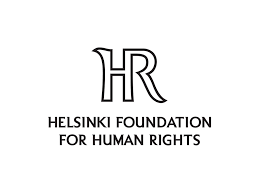This report is the conclusion of a two-year research project on the impact of EU and CoE interventions on the structural problems of prison systems in nine countries (Belgium, Bulgaria, France, Greece, Hungary, Italy, Poland, Portugal, Romania). These countries were chosen as particularly relevant case studies because they had been the target of pilot or quasi-pilot judgments by the ECtHR.
Over the past twenty-five years, CoE bodies have played a central role in defining and defending the rights of detainees. In this respect, prison overcrowding has received particular attention, due to its “structural” nature in many countries, its detrimental impact on other aspects of detention, but also due to the massive litigation to which it has given rise before the ECtHR and the fact that contemporary debates on prisons focus on material conditions of detention.
Although prison overcrowding has been a focus of action for CoE bodies for decades, it persists in a quarter of CoE member states. This observation suggests that CoE interventions and the reforms subsequently adopted by the States have not altered the underlying causes of the problem. Should we look for the causes in a fragmented understanding of the causes of prison overcrowding or in a political balance of power unfavourable to the CoE?
In this context, what does the growing commitment of the European Union (EU) to this issue, with the recently adopted recommendation on detention conditions, augur? What is the added value of the EU’s interventions, compared with the corpus developed and the methods used by the CoE? What synergy can be envisaged between the two organisations on prison issues?
The research highlights that, in response to the CoE’s interventions, Member States have mainly adopted measures focused on the management and operation of prisons, to the detriment of changes in penal policies. These measures, in particular the expansion of the prison estate or the use of prisoner transfers to maximise the space available in prisons, have had no long-term impact on prison overcrowding.
When measures have been adopted by States to reduce the use of imprisonment, they have mainly focused on the flow of prisoners (for example, by developing alternatives to detention), while actions aimed at reducing the length of sentences, and in particular long sentences, have remained limited.
Despite a rapidly developing body of case law, the EU has so far had little impact on national prison policies compared with the CoE.
>> Watch also the recording of our webinar presenting the results of the research
IN PARTNERSHIP WITH:





Funded by the European Union. Views and opinions expressed are however those of the authors only and do not necessarily reflect those of the European Union. The European Union cannot be held responsible for them.
